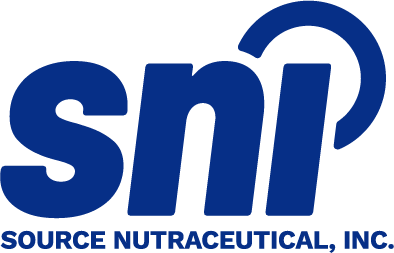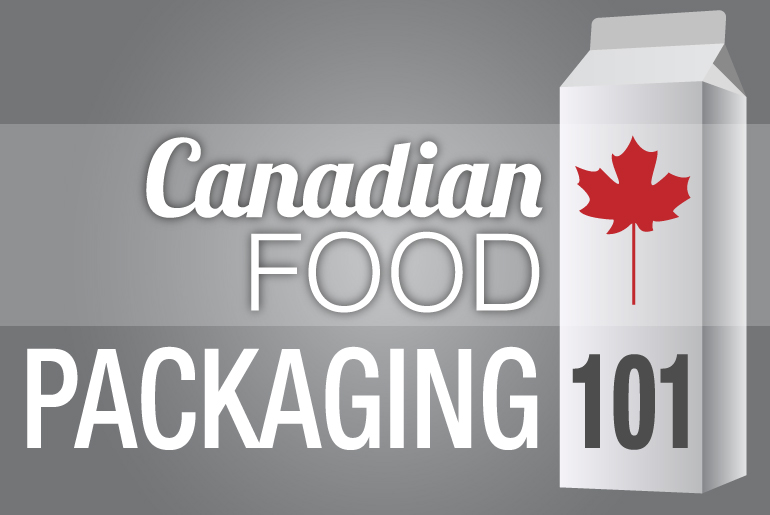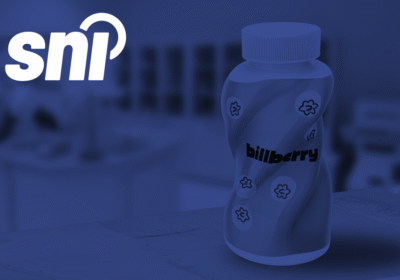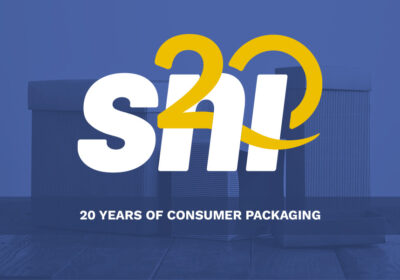Labelling requirements in Canada are highly regulated to ensure clarity for consumers and consistency in the marketplace. Ultimately they are in place to ensure the health and safety of all Canadians. The Canadian Food Inspection Agency (CFIA) is responsible for the administration and enforcement of these regulations, and can differ significantly from the U.S. Food and Drug Administration (FDA).
The Acts include, but are not limited to :
- Consumer Packaging and Labelling Act
- Food and Drugs Act
There are many areas to consider when creating compliant food packaging, but are generally categorized in 2 areas:
1. Labelling requirements
The CFIA requires that all labelling information that is provided on food labels or in advertisements, as required by legislation, must be accurate, truthful and not misleading.
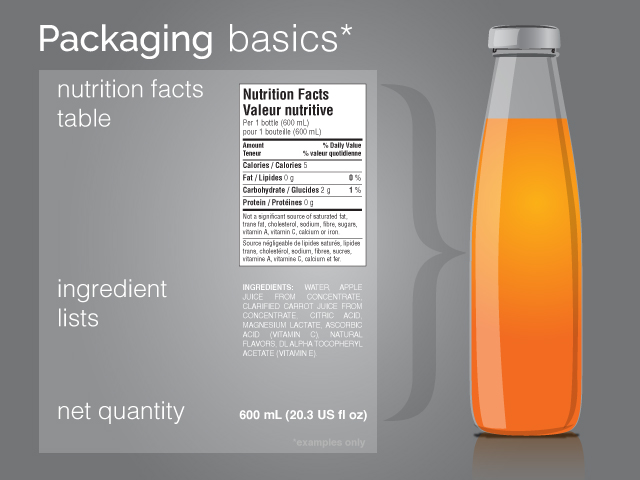
This includes but is not limited to:
- Ingredient lists must accurately reflect the contents and their relative proportions in a food
- Nutrition Facts tables must accurately reflect the amount of a nutrient present in a food
- Net quantity declarations must accurately reflect the amount of food in the package
Many areas are covered in the Labeling Requirements, and Source Nutraceutical can assist with these requirements. Below is a high-level list of areas that are regulated, and must be present on packaging, and declared in the appropriate manner.
Origin claim
The use of Product of Canada or the qualified Made in Canada claims are encouraged to ensure clarity for the consumer and to enhance their ability to identify Canadian made foods. Specific guidelines were developed to reflect consumer and industry expectations about what constitutes a Canadian product.
Name and Address
The name and address identifies the responsible party and provides the location where a company can be contacted. CFIA requires that it must be declared on any part of the food container except the bottom, in either French or English.
Allergy statement
Allergen statements assist consumers in avoiding the potentially serious consequences of allergic and sensitivity reactions to foods. Following the CFIA requirements on your labelling with qualified allergen statements help to preserve the trustworthiness of your brand and prevent costly recalls. Priority allergens in Canada differ than in the U.S. and are required to be declared in food label ingredient lists. There are several ways to address this requirement; even a separate statement at the end of the list of ingredients can be used.
List of ingredients
The list of ingredients must be listed in descending order of proportion by weight, as determined before they are combined to make the food. It is required on most prepackaged foods. The ingredient list may be shown anywhere on the package, except the bottom and must be shown in both English and French.
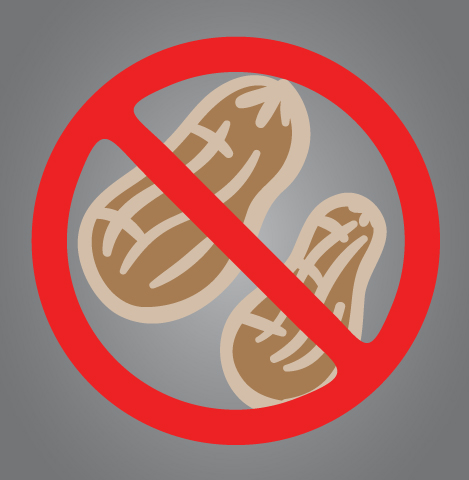
Nutrition Facts table
The Nutrition Facts table (NFT) provides information about the nutrient content of a food (including energy (Calories) and 13 core nutrients) in a standardized format, allowing for comparison among foods at the point of purchase. It’s size and graphical treatment requirements can be daunting and rigid to follow accurately–thankfully, Source Nutraceutical specializes in this service. The NFT must be displayed on the available display surface of a package in both English and French.
Date marking
The date marking (sometimes known as “best before”) is the anticipated amount of time that an unopened food product, when stored under appropriate conditions, will retain quality characteristics such as freshness, taste or appearance. “Best before” dates must appear on pre-packaged foods with a durable life of 90 days or less and may be declared on foods with a shelf life greater than 90 days. CFIA allows the “best before” date to appear anywhere on the package. If it is placed on the bottom, a clear indication of its location must be shown elsewhere on the label. It also must be present in both English and French or indicated by using specified bilingual abbreviations.
Principal Display Panel
Not only is it the first thing the customer will see on the shelf–the Principal Display Panel (PDP) is strictly regulated and usually situated on the front panel. Elements that are regulated include product name, as well as nutrition claims and photographs or other images. All content on the PDP also required to be bilingual, sometimes challenging for a designer without seasoned experience. Source Nutraceutical has over ten years experience managing this challenge and will accomplish this all while maintaining your brand integrity.
Net quantity
The net quantity is the amount of food in the package. Unlike in the U.S., Canada recognizes and requires metric measurements to be used in this case. It should always be present on the principal display panel in a minimum type height dependent on the area of the PDP.
Common name
The common name is the name of the food printed in boldface type in the Food and Drug Regulations. It may come as a surprise that a product name may not be sufficient since the name prescribed by any other regulation; or the name by which the food is generally known. It must also be present on the principal display panel in both English and French, and meet required type-height regulations.
2. Voluntary Labelling Information – Claims and Statements
Information that is provided voluntarily on food labels or in advertisements is often referred to as a claim. This may include any specific claims such as “Product of Canada” or “Low in Fat”, as well as any other text or wording about specific manufacturing processes, descriptions about certain ingredients or properties of the food, historical references, environmental statements, etc. It also includes images, pictures or other visual representations, or any combination of these.
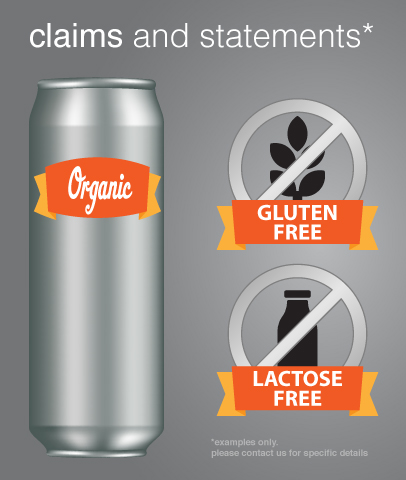
Claims may be made about various aspects of a food, providing they are truthful, not misleading nor likely to create an erroneous impression, and that they are in compliance with any specific requirements that exist for a given type of claim. Certain claims, such as those relating to nutrient content, organic, kosher, halal and certain disease-risk reduction claims, are subject to specific regulatory requirements in addition to the prohibitions in the Food and Drugs Act and Consumer Packaging and Labelling Act.
For many claims that are not subject to specific regulatory requirements, the Canadian Food Inspection Agency (CFIA) and/or Health Canada have developed interpretive guidance that is intended to assist industry in complying with the Food and Drugs Act, Consumer Packaging and Labelling Act. These guidelines also assist the CFIA in assessing the compliance of claims.
Source Nutraceutical can provide more information on specific claims and statements that relate directly to your product and the impression you would like to make on the shelf and ultimately, with your loyal customer. Let us help you enter the Canadian market, quickly and compliantly.
